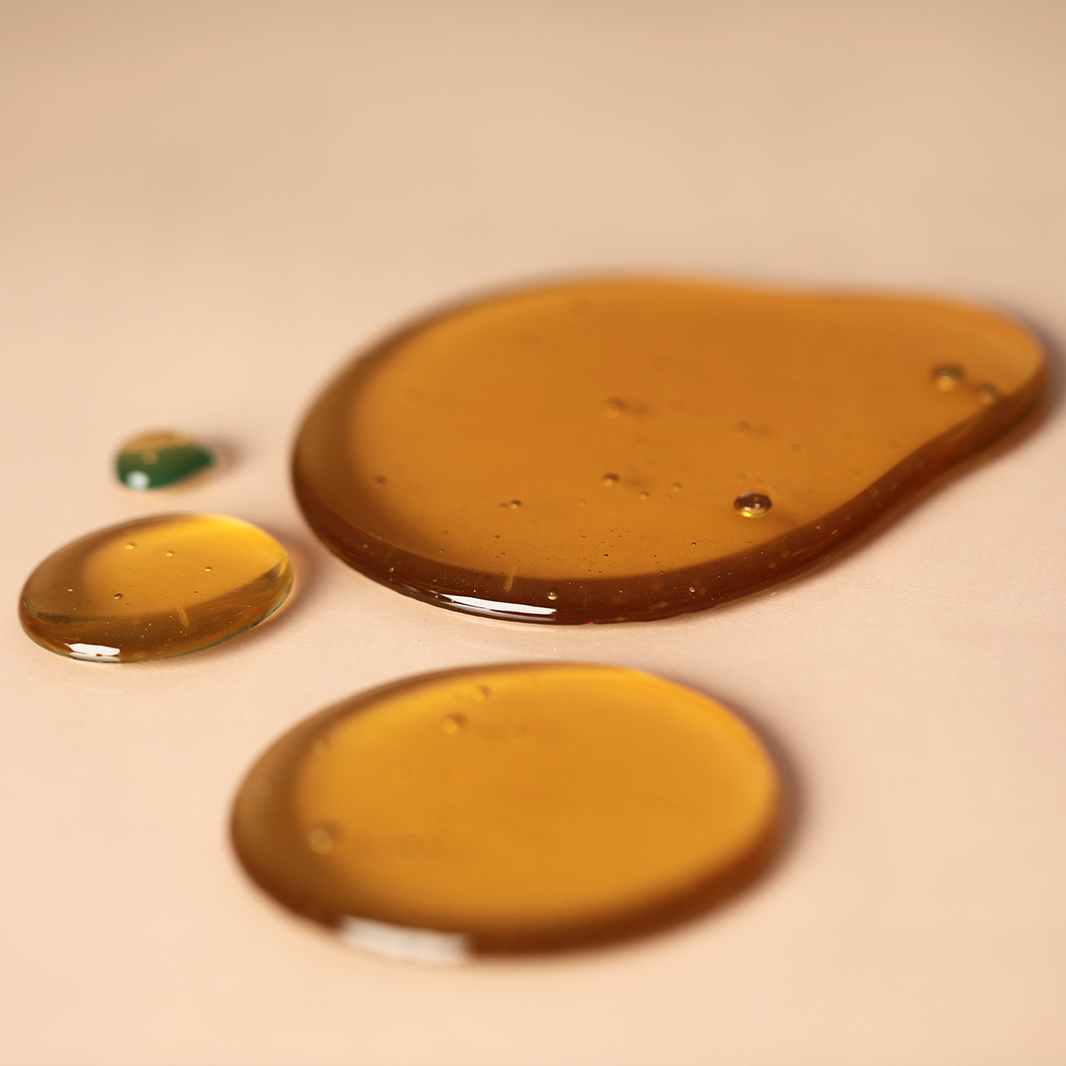Royal jelly is a valuable bee product that is secreted by worker bees to feed baby bees and the queen bee in the hive. Being fed only with royal jelly, queen bee grows 2 times bigger and lives 30 times longer than the other bees. 10-HDA (10-hydroxy-2-decenoic acid) and royalactin are two unique compounds found only in royal jelly and have been reported to have many functional properties.
A review published by Japanese scientists evaluated the effect of royal jelly on the immune system. Royal jelly contains proteins and lipids by about 10% (dry matter basis). 10 -Hydroxy-trans-2-decenoic acid (10H2DA), often referred to as "royal jelly acid," is a significant and unique lipid component in royal jelly. The effect of 10H2DA on innate and adaptive immunity has attracted many scientists through in vitro and in vivo studies. Royal jelly has been considered to be beneficial for the treatment of autoimmune and inflammatory diseases. It has been revealed that 10H2DA is involved in some of those activities, including inhibition of lipopolysaccharide (LPS)-and interferon (IFN)--stimulated macrophage responses, inhibition of T-cell proliferation and anti rheumatoid activity. Other biological activities also involve estrogen-like activity, particularly easing postmenstrual syndromes, anti-tumor activity, promotion of collagen production, and neurogenic activity on brain cells.
Referance
Sugiyama, T., Takahashi, K. Mori, H. Royal jelly acid, 10-hydroxy-trans-2-decenoic acid, as a modulator of the innate immune responses. Endocrine, Metabolic Immune Disorders-Drug Targets (Formerly Current Drug Targets-Immune, Endocrine Metabolic Disorders), 2012, 12(4), 368-376.
Park H.M., Hwang E., Lee K.G., Han S.M., Cho Y., and Kim SY. Royal jelly protects against ultraviolet B-induced photoaging in human skin fibroblasts via enhancing collagen production. J Med Food. 2011, Sep;14(9):899-906.






